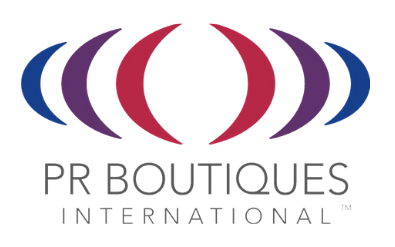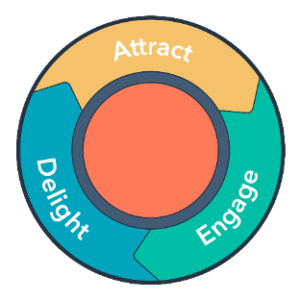April 30, 2020
Several digital marketing terms have entered the business mainstream recently that have one thing in common: they all highlight keen attention on the customer; something that every digital marketing agency should do. Here are definitions of three of those terms that work together seamlessly, and an explanation of how the latest digital marketing technology helps marketers heighten customer focus.
Customer obsession
A couple of years ago Jeff Bezos, founder and CEO of Amazon, said, “We’re not competitor obsessed, we’re customer obsessed.” He added, “The number one thing that has made us successful by far is obsessive compulsive focus on the customer.” Customer obsession, a term that lately has entered the business lexicon, refers to devotion to building customer relationships – not just meeting customer needs, but building long-term customer loyalty. It means having a company culture that puts the customer first, not just in words, but in action.
Years ago, I visited a Japanese beer company that was then number two in the Japanese market. The company was considering hiring a U.S. PR agency. The marketing executive I met talked incessantly about his company’s rival, Japan’s number one brewery. I pointed out that competition in the U.S. market was different from Japan. American customers interested in foreign beers looked mostly towards European and Latin American brands such as Corona, Heineken and Guinness. These were their American market rivals, not Japanese breweries. Unfortunately, this logic did not impress our potential client, since corporate management in Japan were also obsessed with being the number one Japanese beer. (Maybe that’s why even today there are no Japanese beers in the top 20 imported beers in the U.S.)
Flywheel marketing
Generations of marketing and sales professionals viewed their efforts as a funnel, a linear representation of getting sales leads and turning them into sales, but one of the problems is that most of the customers don´t know the real cost of digital marketing. The top of the funnel represents marketing to attract people with general interest in the product or service. The next level down represents intent to buy a product, but not necessarily the company’s product. Further down the funnel are buyers who have gotten to the stage of weighing the pros and cons of buying the company’s product. At the bottom of the funnel are actual sales. The wide opening of the funnel and the narrow bottom represent the filtering process from gathering large numbers of people with general interest in a product category, to lower numbers of actual leads, to the relatively small number who make the journey all the way down to sales.
However, marketing leaders now view that marketing and sales journey differently, as circular rather than linear, one that does not end when a lead becomes a customer. The term “flywheel marketing” was coined by Jim Collins, management expert and author of best-selling book “Good to Great.” A flywheel is a very heavy wheel that takes a lot of effort and energy to push. However, once it gets going, it builds its own momentum, and much less effort is required. This is the antithesis of a funnel, which loses momentum at the bottom. Collins points out that the marketing process should not end with a sale. When efforts to keep customers engaged diminish, it’s easy to lose them. Every marketer knows it’s much more efficient to grow sales from existing customers than to start all over finding new ones. A well-planned and executed flywheel reduces customer churn rate.
The flywheel marketing cycle goes from attracting customers, to engaging them, to delighting them. Delighting customers leads both to retaining and growing their business and, because word spreads fast in this digital age, attracting new customers.
Empathy-Based Marketing
Empathy is described by the Oxford Dictionary as “the ability to understand and share the feelings of another.” Empathy-based (or empathetic) marketing combines customer obsession with digital marketing. The marketer gathers data digitally to identify people who are likely to be in a certain emotional state. Then, using that data, the marketer approaches those people in a way that demonstrates understanding of their emotional state and offers a helpful solution.
Here’s an example: a deodorant company knows that anxiety can make people perspire. The company’s marketing team brainstorms about groups of people who are likely to be anxious and can also be identified and approached digitally. One such group is women planning weddings. To find women in that group, the company can use behavioral retargeting advertising (the kind of ads that keep popping up as a result of a search – you look at a particular product online and suddenly everywhere you go online, ads for products related to that category follow you). People who use Google to search for wedding dresses, or find wedding gift registration sites, are assumed to be planning a wedding. The deodorant company can approach them with an empathetic retargeting ad: “We know how stressful it is to plan a wedding. Here’s some help to keep your cool.” The ad offers a coupon for the company’s deodorant.
Nothing new?
You may be thinking that customer-focused marketing is nothing new. In fact, author Edna St. Vincent Millay wrote many years ago, “To find out what the customer needs you have to understand what the customer is doing as well as he understands it. Then you build what he needs and you educate him to the fact that he needs it.” What is new is the sophisticated digital technology used to focus on customers. Since that keeps evolving over time, it’s important to keep up with what’s current, what’s coming and to understand the digital marketing terms referring to tech advances.





